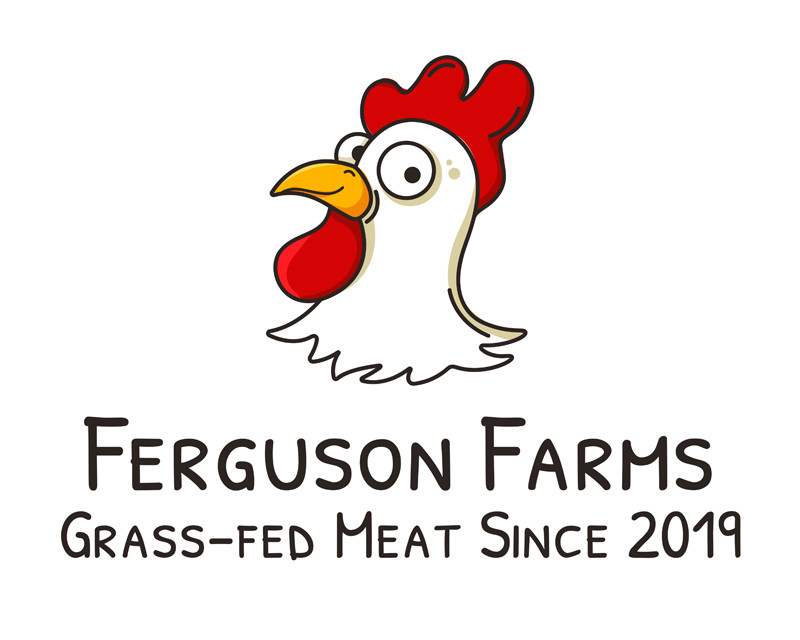Grass-Fed Red Meat Is a Superfood
posted on
January 6, 2022
Red meat could be one of the best foods in an individual’s diet or one of the worst. The key factor is what the animal is eating. Naturally, cows eat a near 100% green diet of grass, flowers, shrubs, and other wild vegetation. Grain feeding is genetically incongruent for these animals and leads to excessive weight gain and fat accumulation.
The typical grain feed is made up of corn and soy due to the low cost associated with government subsidies. Grain-fed cows are extremely high in omega 6 fatty acids. The average ratio for a cow on a grain-fed diet is roughly 25:1 (omega 6:3). This is genetically incongruent for all mammal species that should naturally be around 4:1.
Humans should naturally have an omega 6:3 ratio around 4:1 or 2:1. When these ratios become skewed, they trigger cellular inflammation and accelerated cellular degeneration. This environment causes an individual to become highly inflamed and to build degenerative diseases.
The more grass an animal eats the greater their omega 3 content and the lower their omega 6 levels. A 100% green-fed diet, which is genetically congruent for a cow would provide an omega 6:3 ratio of 2:1. This is ideal for the cows' long-term health and is highly anti-inflammatory for human consumption. The omega 3 fatty acids present in this meat are primarily the all-important long-chain variety EPA and DHA.
Grass-fed beef and other grass-fed mammals contain high levels of conjugated linoleic acid (CLA). CLA is considered to be one of the most potent anti-carcinogenic nutrients. In a study published in Cancer Research, animals given a mere 1.5% of their total calories in the form of CLA had a 60% reduction in tumor growth.
Finnish researchers have found that the greater the amount of CLA in a woman’s diet, the lower her risk of breast cancer. Women who consumed the largest amount of CLA had a 60% lower risk for breast cancer.
Grass-fed mammals are also extremely rich in carnitine and carnosine. Carnitine helps cellular mitochondria drive energy efficiently from fat metabolism. Carnitine is the critical gatekeeper that allows fatty acids to pass into the mitochondrial furnace effectively.
Carnosine is a powerful antioxidant that improves muscle, brain & cardiovascular function. It functions to reduce the effects of stress and aging by protecting the proteins of the body which aids in tissue healing and repair.
Why Choose Ferguson Farms for Your High-Quality Meat Products
Ferguson Farms provides the highest quality meat products from farmers who take great care of their land and their animals. Here are the reasons why YOU should choose Ferguson Farms.
- High-Quality Meat: Delicious 100% grass-fed beef, pasture-raised organic chicken, and wild-caught seafood.
- Unbeatable Value: Average cost = Less than $6 per meal.
- Flexibility: Box options and delivery frequencies to fit your needs.
- Convenience: Great-tasting, high-quality meat you can feel good about, delivered right to your doorstep (FREE shipping).
- Decisions That Make a Difference: Ferguson Farms cares about animals and our planet, improving livelihoods for farmers and better meals enjoyed together.
How Ferguson Farms Works
- Ferguson Farms sources from farmers and fishermen who meet the highest standards for quality.
- You choose your box or build your own Custom Box, so you get exactly what you and your family love.
- Ferguson Farms ships your order, frozen at the peak freshness and packed in an eco-friendly, 100% recyclable box.
- You enjoy high-quality meat delivered to your door and more time for amazing meals together.





